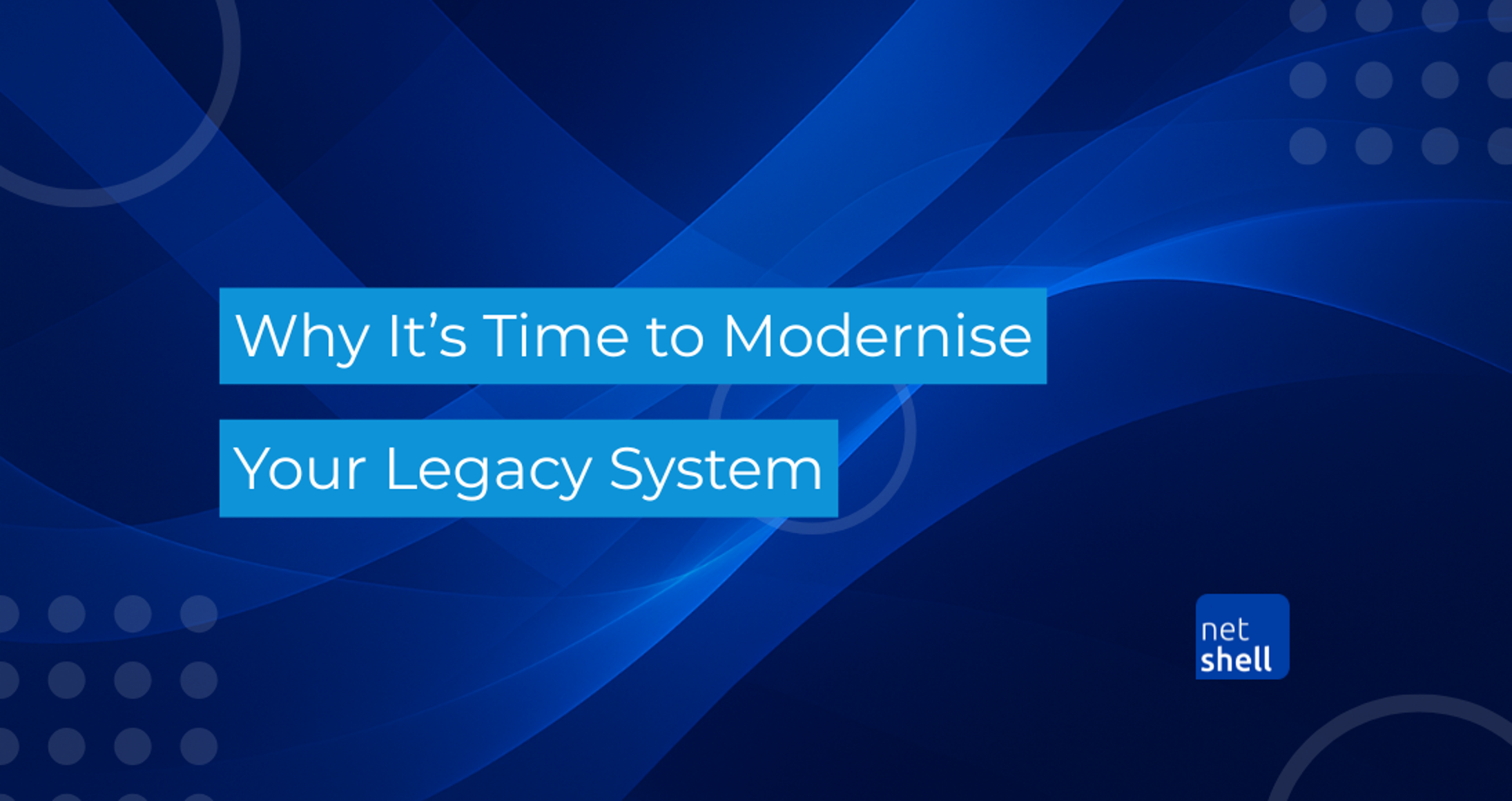Many organisations still rely on legacy systems that have been in place for years, sometimes even decades. While these systems may once have supported day to day operations effectively, the reality is that they are now holding many businesses back. In a business environment that continues to evolve rapidly, outdated technology can limit growth, reduce efficiency, and introduce avoidable risks.
In this blog post, we will explore the common challenges associated with legacy systems, why they can become a barrier to modern working practices, and how moving to a cloud based solution can offer a more secure, flexible, and sustainable way forward.
The Challenges of Legacy Systems
Outdated and No Longer Updatable
Legacy systems often run on software or hardware that is no longer supported by the original IT vendor. This usually means no security patches, no performance improvements and no opportunities to evolve the system to new requirements. Over time, this increases the risk of cyber security issues and system failures, and it becomes harder for organisations to maintain a reliable and secure infrastructure.
Incompatibility With Modern Business Processes
Modern organisations rely on streamlined workflows, automation and the ability to integrate with a wide range of tools and platforms. Older systems were not designed to support these expectations. As a result, staff may find themselves relying on manual workarounds, re-entering information repeatedly or maintaining spreadsheets to compensate for gaps in functionality. This reduces productivity and can create inconsistencies in data accuracy.
Reliance on a Single Staff Member
A frequent challenge with legacy systems is that only one or two people truly understand how they work. If these employees leave the organisation or are unavailable, important operational knowledge becomes difficult to access. This creates delays as well as increases the likelihood of mistakes.
Limited Reporting and Analytics
Older systems often struggle to produce meaningful or real time reporting. Without access to accurate and timely information, managers and decision makers cannot gain the insights they need to plan effectively. This can make it harder to identify trends, improve processes or respond to opportunities.
Why Cloud-Based Modernisation Is the Solution
Modernising into a cloud-based system is becoming increasingly important for organisations that want to operate efficiently and remain robust. Cloud platforms offer a number of practical benefits that traditional systems cannot provide.
Better Performance and Scalability
Cloud systems are designed to grow with your organisation. They provide faster performance, improved reliability and significantly fewer interruptions to service. They also remove the need for organisations to manage complex infrastructure, reducing the burden on internal teams and ensuring the system can scale easily as demand increases.
Enhanced Reporting and Insights
Many cloud-based platforms include built in reporting tools that offer real time data, visual dashboards and analytics features. This allows teams to make better informed decisions, respond to market changes quicker and gain a clearer understanding of how the organisation is performing.
Reduced Dependency and Risk
Cloud solutions remove the need for specialist knowledge to be held by a single person. They usually come with comprehensive documentation, support resources and regular updates that are managed by the provider. This reduces operational risk and gives organisations greater confidence that their systems will remain secure and up to date.
Integration With Modern Tools
A key advantage of cloud systems is their ability to integrate easily with other software and services. This supports automation, improves collaboration and helps maintain consistency across different parts of the organisation. Staff spend less time resolving technical issues and more time focusing on core activities.
Cost Efficiency
Although there may be an initial investment, cloud-based systems typically offer long term savings. Reduced maintenance costs, fewer unexpected outages and the removal of onsite hardware contribute to a more predictable and manageable cost structure.
Final Thoughts
Continuing to rely on a legacy system may feel like the simplest option in the short term. However, the hidden costs such as inefficiency, increased risk and limited flexibility, can have a significant impact over time. Modernising to a cloud-based solution is more than a technical update, it is a strategic shift that strengthens operations, supports staff and helps position the organisation for future growth.
By adopting modern systems, organisations can streamline processes, improve access to information and remove unnecessary dependencies while maintaining a secure and scalable infrastructure.
Looking to modernise your legacy systems but unsure where to start?
We help businesses identify where outdated technology may be holding you business back and how moving to a cloud-based solution can improve performance, reporting, and efficiency. Book a call with Netshell today to find out more.




